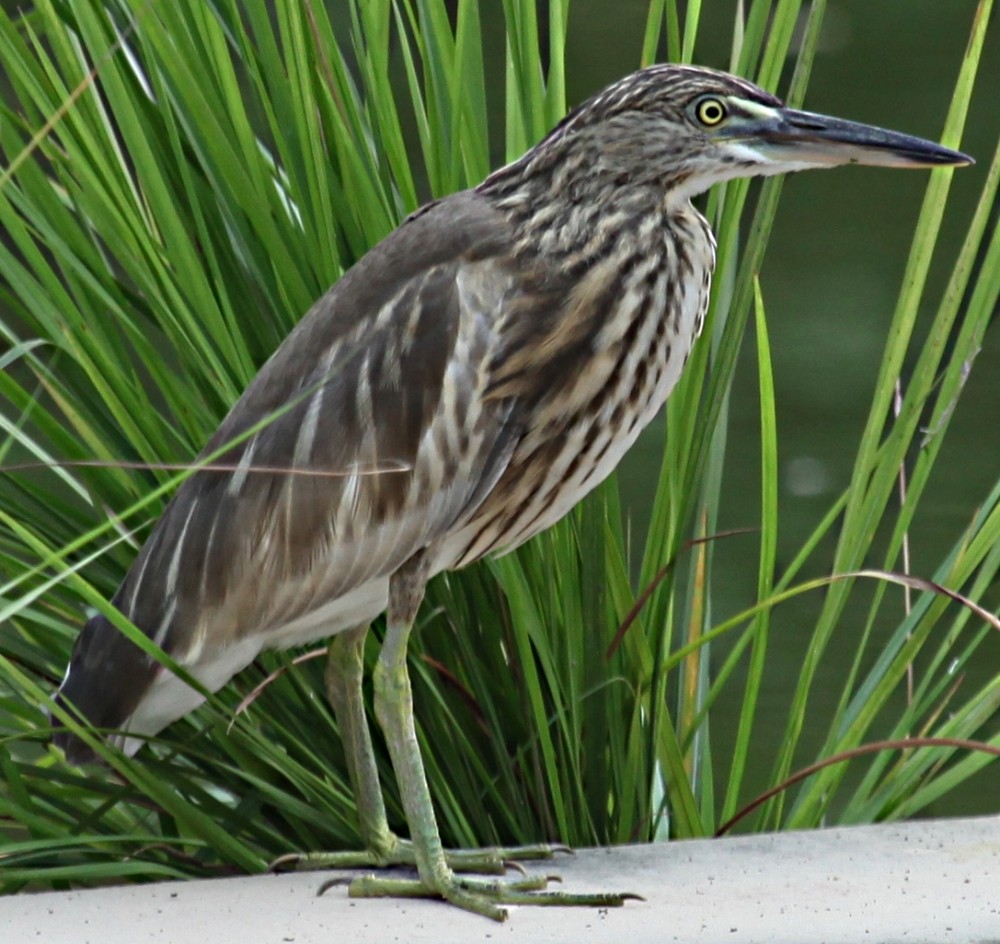Indian Pond Heron
A species of Pond herons Scientific name : Ardeola grayii Genus : Pond herons
Indian Pond Heron, A species of Pond herons
Botanical name: Ardeola grayii
Genus: Pond herons
Content
Description People often ask General Info
 Photo By Munish Jauhar , used under CC-BY-SA-3.0 /Cropped and compressed from original
Photo By Munish Jauhar , used under CC-BY-SA-3.0 /Cropped and compressed from original Description
They appear stocky with a short neck, short thick bill and buff-brown back. In summer, adults have long neck feathers. Its appearance is transformed from their dull colours when they take to flight, when the white of the wings makes them very prominent. It is very similar to the squacco heron, Ardeola ralloides, but is darker-backed. To the east of its range, it is replaced by the Chinese pond heron, Ardeola bacchus. During the breeding season, there are records of individuals with red legs. The numbers do not suggest that this is a normal change for adults during the breeding season and some have suggested the possibility of it being genetic variants. Erythristic plumage has been noted. The race phillipsi has been suggested for the populations found in the Maldives, however this is not always recognized. It forms a superspecies with the closely related Chinese pond heron, Javan pond heron and the Madagascar pond heron. They are usually silent but may make a harsh croak in alarm when flushed or near their nests. This bird was first described by Colonel W. H. Sykes in 1832 and given its scientific name in honour of John Edward Gray. Karyology studies indicate that pond herons have 68 chromosomes (2N). 
Size
46 cm
Nest Placement
Tree
Feeding Habits
Indian Pond Heron primarily consume crustaceans, aquatic insects, fish, tadpoles, and occasionally leeches. They forage at pond edges or on floating vegetation, using unique techniques like baiting with bread or driving prey shoreward by flying low. Adapted to both land and water, they also opportunistically feed on insects and amphibians.
Habitat
The habitat of indian Pond Heron is diverse, encompassing wetlands such as rivers, lakes, marshes, and mangroves as well as human-altered environments like paddy fields, reservoirs, and even urban areas. They thrive in places with shallow, still or slow-moving waters, regardless of water clarity and can adapt to very muddy conditions. Their preference for wetlands typically extends to lowland areas.
Dite type
Piscivorous
People often ask
General Info
Feeding Habits
Bird food type
Behavior
They are very common in India, and are usually solitary foragers but numbers of them may sometimes feed in close proximity during the dry seasons when small wetlands have a high concentration of prey. They are semi-colonial breeders. They may also forage at garbage heaps. During dry seasons, they sometimes take to foraging on well watered lawns or even dry grassland. When foraging, they allow close approach and flush only at close range. They sometimes form communal roosts, often in avenue trees over busy urban areas. 
Species Status
Not globally threatened.
Scientific Classification
Phylum
Chordates Class
Birds Order
Pelicans and Relatives Family
Herons Genus
Pond herons Species
Indian Pond Heron